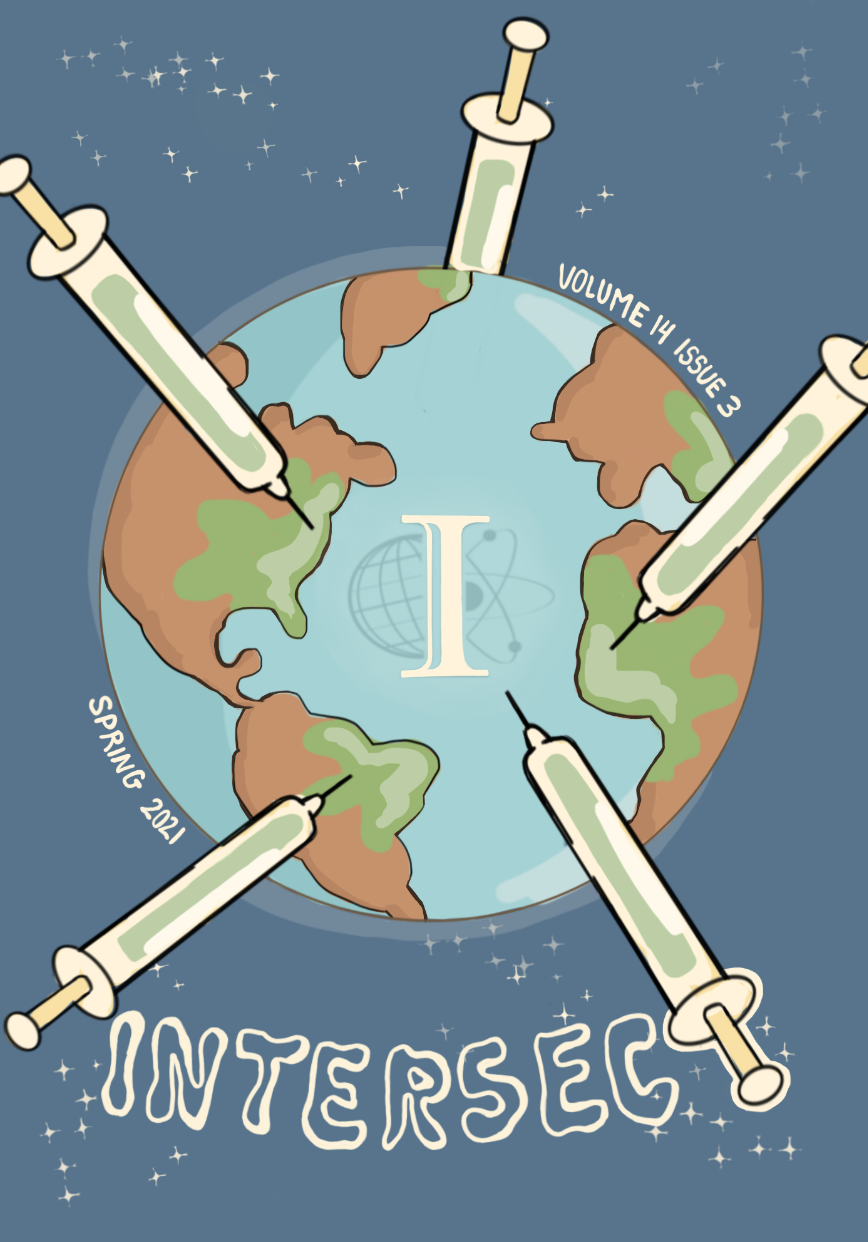Artificial Illusions
Deepfakes as Speech
Abstract
Deepfakes, a new type of artificial media created by sophisticated machine learning algorithms, present a fundamental epistemological problem to society: How can we know the truth when seeing and hearing are not believing? This paper discusses how deepfakes fit into the category of illusory speech, what they do in society, and how to deal with them. Illusions present an alternate reality, much like a lie, but they also contain evidence for that reality. Some illusions, like games of tag and magic tricks, are harmless and fun. Others, like counterfeit coins and deepfakes, harm others and are deeply convincing. For example, the most common use for deepfake technology is to produce pornographic videos of women who never consented. After strangers attacked them in this way, women reported feeling violated and living in a state of constant “visceral fear.” Pornographic deepfakes — most often deployed against women — abridge their targets’ sexual agency and privacy, contributing to inequality and enabling intimate partner abuse, workplace sexual harassment, and other discrimination and hate. Deepfakes also pose a threat in politics and society more generally. In addition to allowing malicious actors to produce convincing, illusory disinformation, their increased use may lead to a general inability to discern the truth. In the face of the deep and distressing harms that deepfakers cause to women and the danger that they present to democracy, this paper argues for new civil and criminal penalties for deepfakers as well as new regulations and liabilities for internet platforms that host their work.
Downloads
Published
Issue
Section
License
Copyright (c) 2021 Intersect: The Stanford Journal of Science, Technology, and Society

This work is licensed under a Creative Commons Attribution-NonCommercial-NoDerivatives 4.0 International License.
Authors who publish with this journal agree to the following terms:- Authors retain copyright and grant the journal right of first publication with the work simultaneously licensed under a Creative Commons Attribution License that allows others to share the work with an acknowledgement of the work's authorship and initial publication in this journal.
- Authors are able to enter into separate, additional contractual arrangements for the non-exclusive distribution of the journal's published version of the work (e.g., post it to an institutional repository or publish it in a book), with an acknowledgement of its initial publication in this journal.
- Authors are permitted and encouraged to post their work online (e.g., in institutional repositories or on their website) prior to and during the submission process, as it can lead to productive exchanges, as well as earlier and greater citation of published work (See The Effect of Open Access).

